A Sinkhole in the City of Rome Reveals Ruins of Ancient City
The city of Rome is one of the most popular tourist destinations in the world and serves as a reminder of the achievements of the Roman Empire. This civilization once controlled a vast swath of territory from Britain to Mesopotamia.
In 2020, there was unprecedented stillness when a sinkhole appeared near the Pantheon, one of Rome’s most renowned landmarks. This unexpected event led to a discovery that revealed the remains of an ancient part of the city once lost to time.
The Pantheon
The city of Rome boasts several archaeological treasures and architectural masterpieces, one of which is the Pantheon.
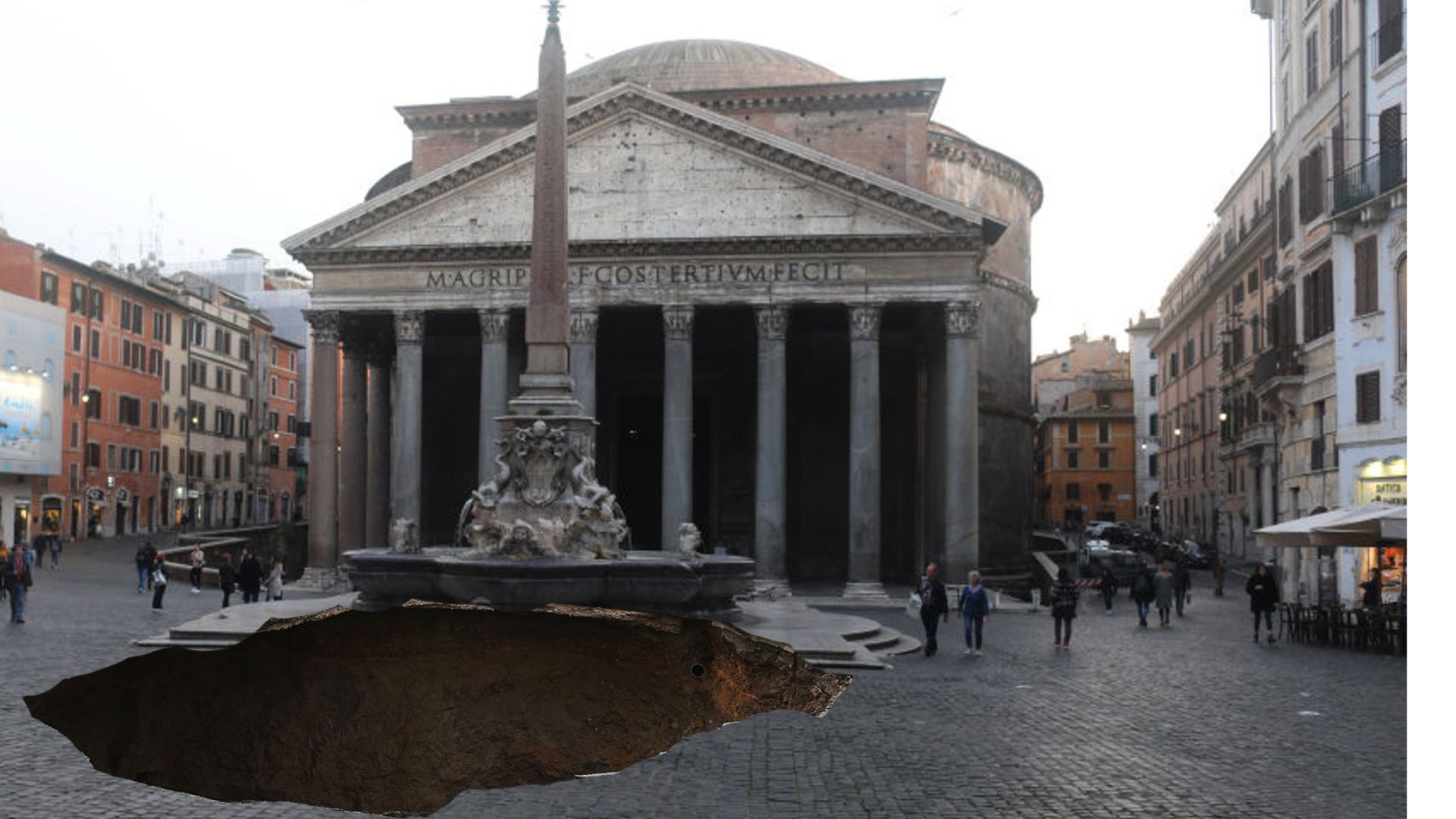
Source: Getty Images
First constructed under the guidance of Agrippa around 26 BC, the Pantheon was a temple dedicated to the worship of the twelve Roman Gods and the living Sovran. It was later rebuilt by Hadrian around 125 AD.
Sinkhole Opens Outside the Pantheon
On the afternoon of April 27, 2020, a sinkhole appeared outside of the fabled Pantheon. As it was during the lockdown, few people were nearby, and luckily, no one was injured.
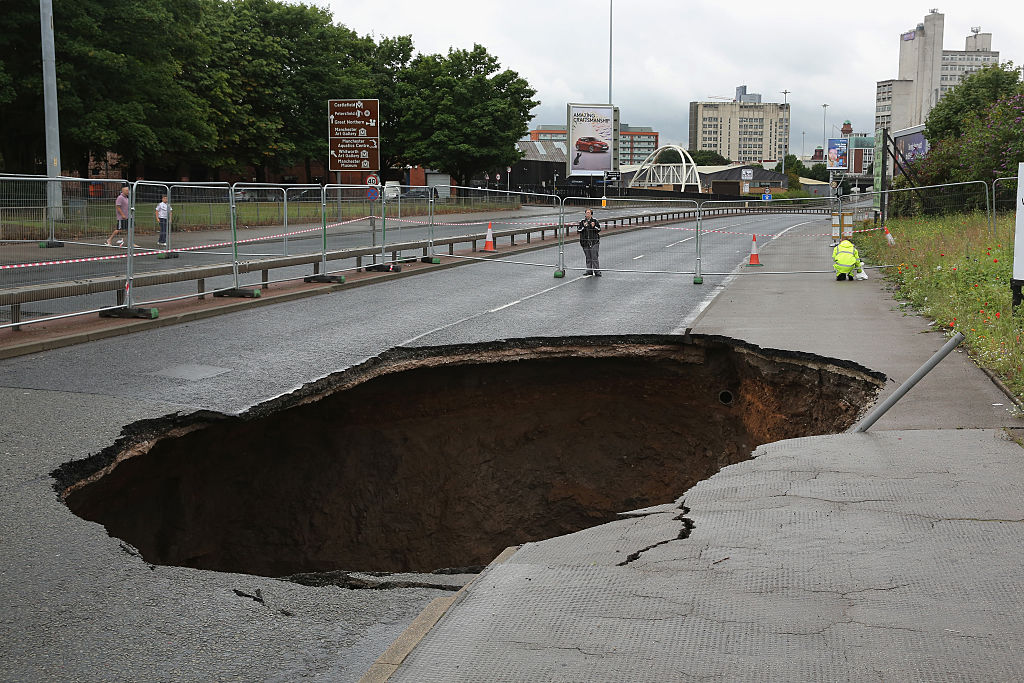
Source: Christopher Furlong/Getty Images
According to the Smithsonian, the sinkhole, which reached a depth of 8 feet and measured approximately 10 square feet, appeared just outside the Pantheon, close to the popular Piazza della Rotunda fountain.
Sinkholes Becoming More Frequent in Rome
Sinkholes have become more frequent in Rome over the past few decades and have begun to worry both city officials and archaeologists.
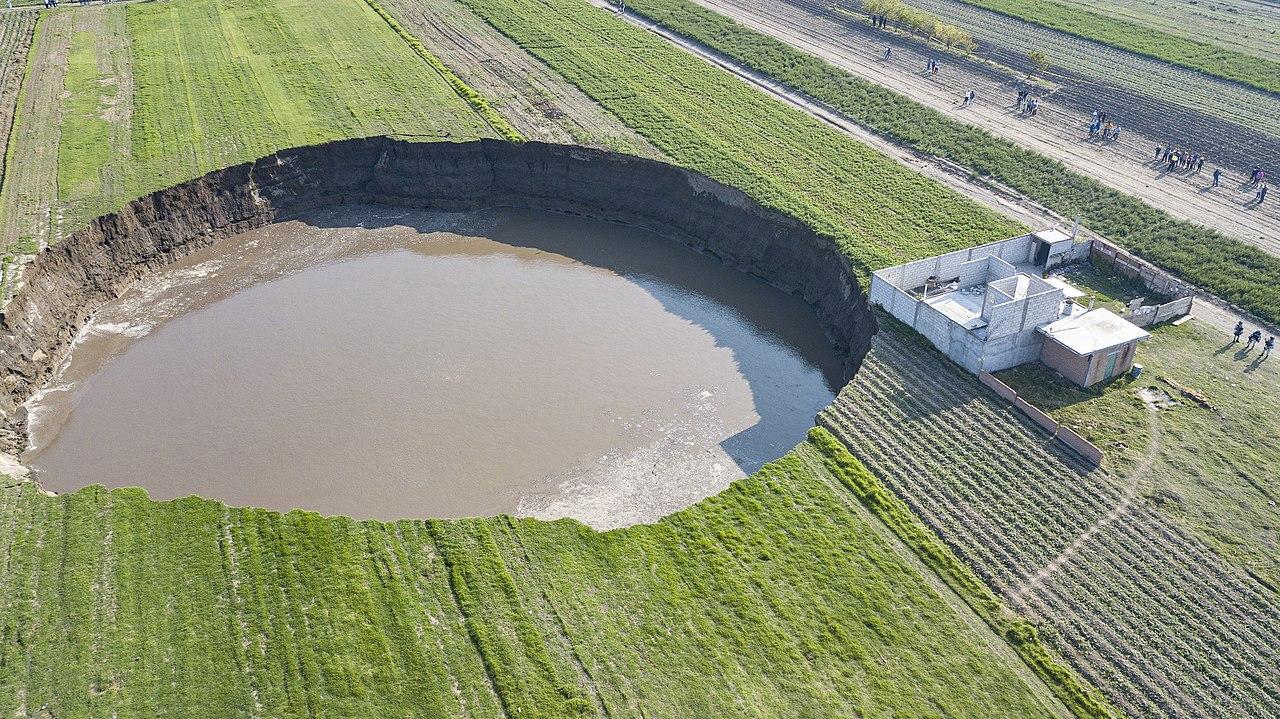
Source: Freepik
“The most sensitive area is eastern Rome, where materials were quarried in ancient times,” geologist Stefania Nisio told Adnkronos. “The main cause of a sinkhole in the city is the presence of an underground cavity.”
Archaeologists Investigate the Opening
The sinkhole immediately drew the attention of researchers, who began investigating whether any items of interest lay beneath the ground outside of the Pantheon. It turns out their hunch was correct.

Source: Wikimedia
The Agenzia Nazionale Stampa Associata reported that archaeologists discovered several items of interest beneath the ground, including imperial Roman pavestones. In total, around seven slabs of travertine were brought to the surface, which appears to date back to the time of the Pantheon’s construction.
Part of the Pantheon’s Original Construction
Researchers from ANSA have theorized that Roman workers likely placed the stones under guidance from statesman Marcus Agrippa, who served as Emperor Augustus’s deputy.
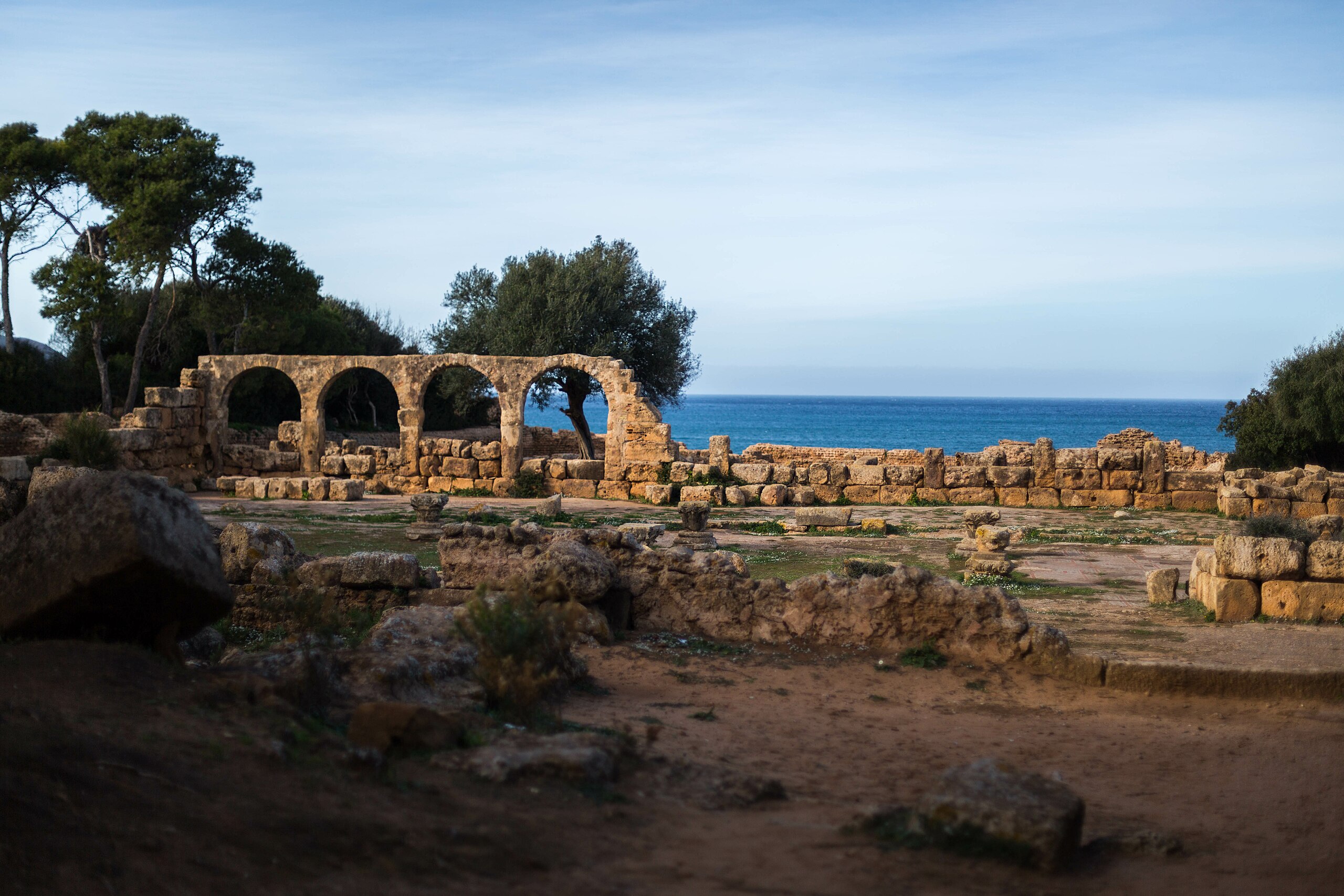
Source: Wikimedia
Agrippa oversaw the initial construction of the Pantheon before his creation was destroyed by a fire in 80 AD. While it was repaired, the temple wouldn’t take its final shape until Emperor Hadrian added the finishing touches in the 2nd century.
Slabs Initially Discovered Several Decades Ago
The researchers first discovered the slabs in the 1990s. At this time, service cables for telecommunications were being laid around Rome, and those digging came across the historical stones.
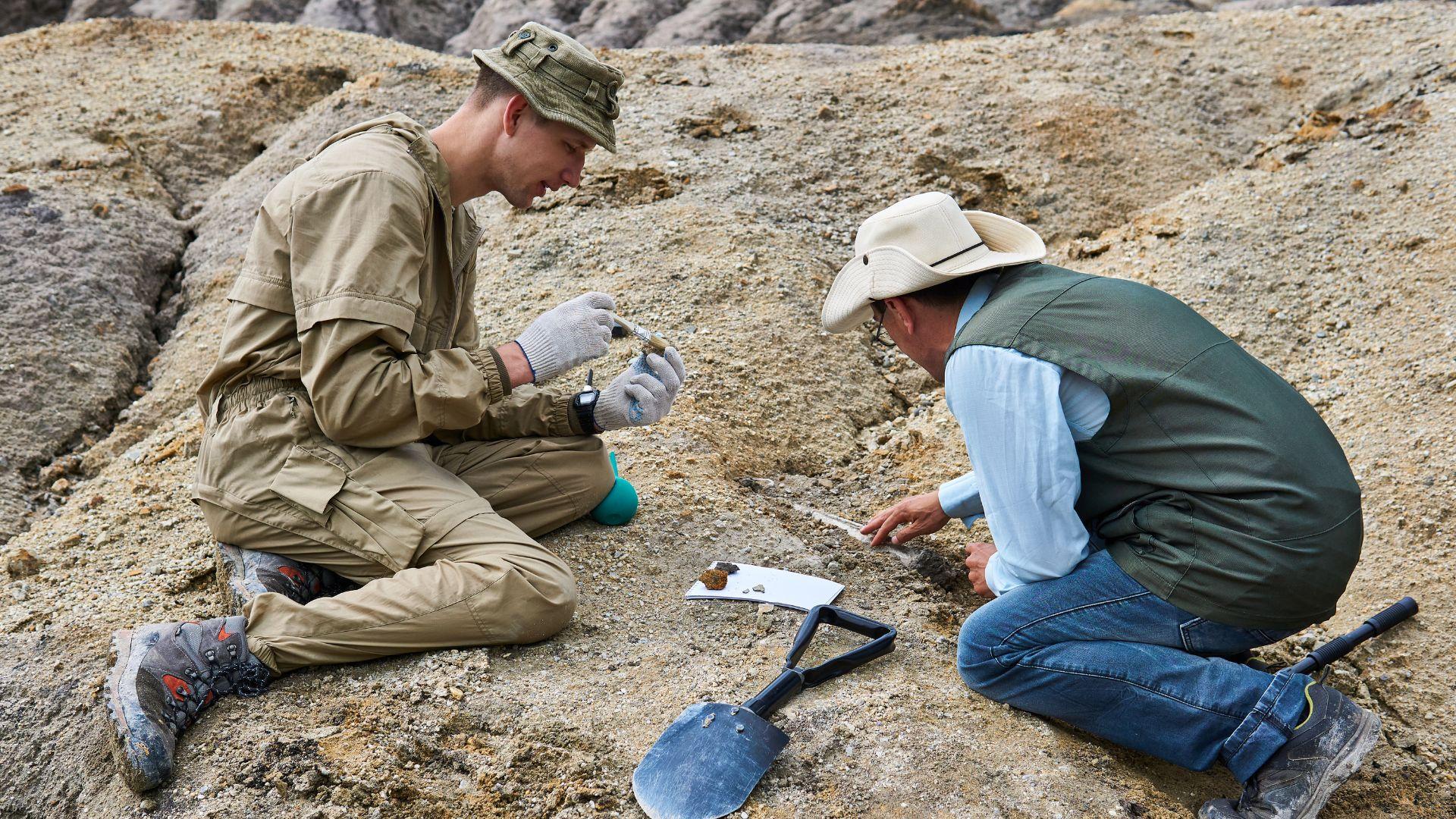
Source: Erin Smith/Getty Images
However, it appears no one recognized this cultural significance during the era, and the stones were later reburied after being overlaid with mortar. Surprisingly, the thin layer of pozzolan actually helped preserve the stones.
Rome’s Superintendent Speaks at Press Conference
The superintendent of Rome, Daniela Porro, held a press conference following the discovery and revealed that the two-thousand-year-old stones may have deteriorated without the pozzolan mortar.

Source: Freepik
According to Porro, the pozzolan, a specific kind of mortar, actually provided the ancient stones with a protective layer. “This is further evidence of Rome’s inestimable archaeological riches,” Porro told ANSA.
Archaeological Significance of the Stones
This time, archaeologists examined the remains of the stones and conducted testing, which enabled them to theorize that they were used as pavement blocks in the region of Augustus.
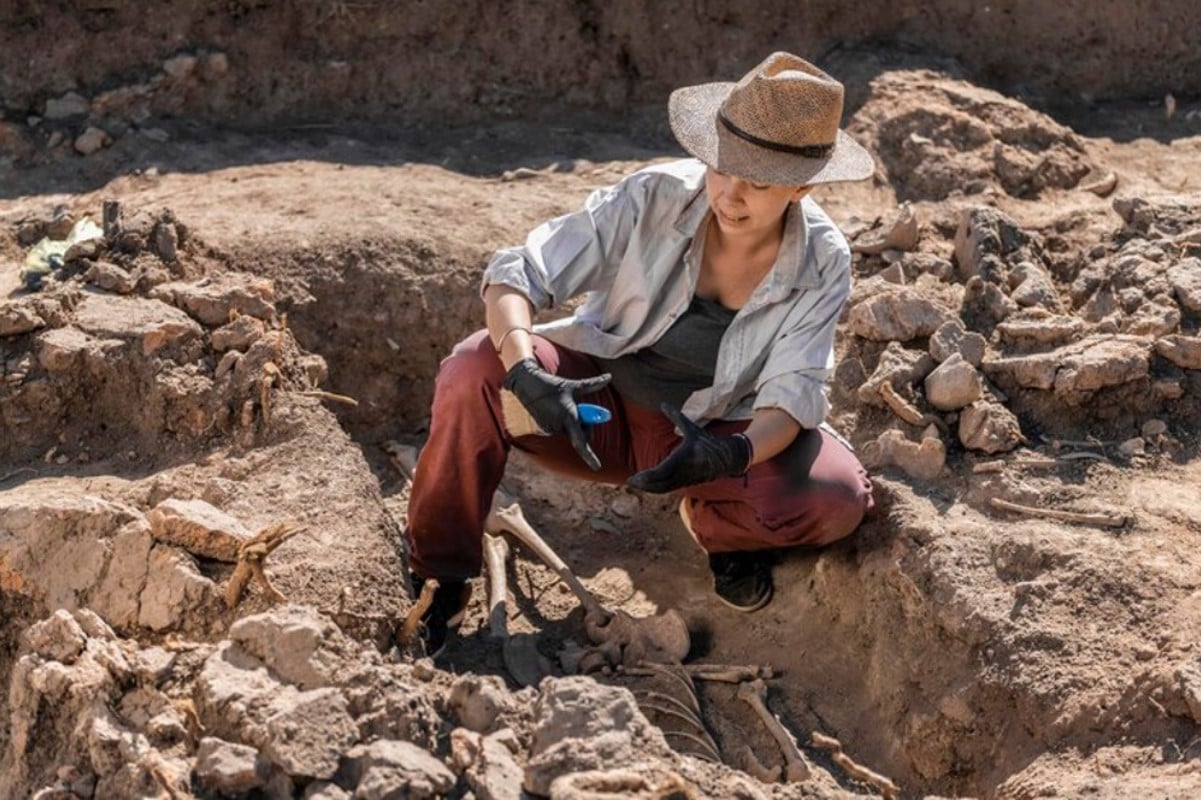
Source: Freepik
Researchers working in the region hope that further excavations will reveal more treasures buried in the grounds surrounding the Pantheon.
Sinkholes Becoming a Problem in Rome
While officials in Rome were pleased about the discovery of the ancient stones, they are growing increasingly worried about the frequent appearance of sinkholes. These openings are damaging buildings, roads, and various public facilities.
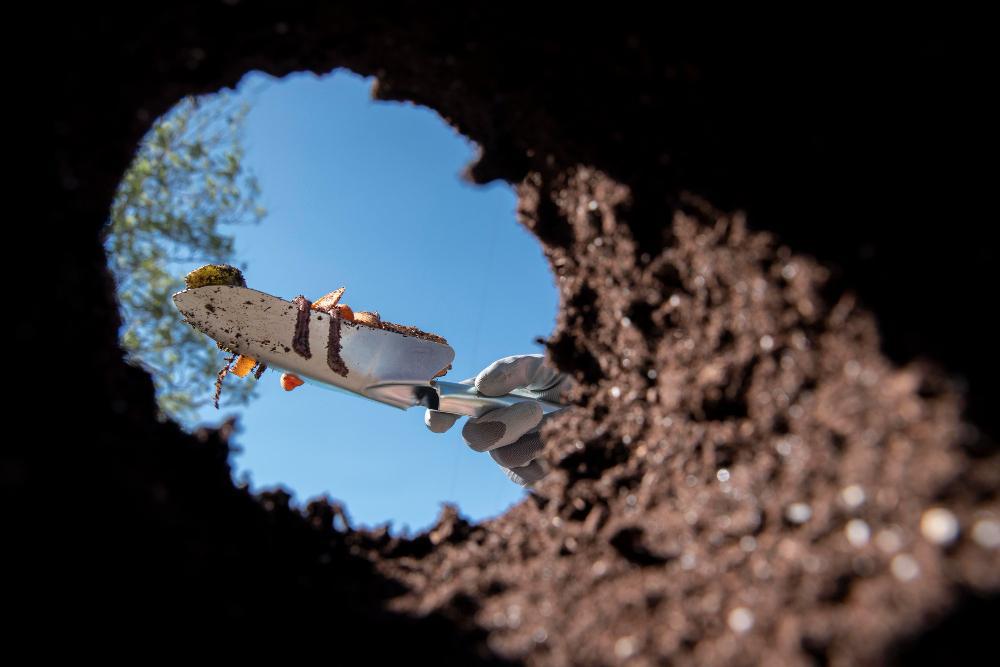
Source: Freepik
To combat this, the Mayor of Rome, Virginia Raggi, initiated a budget of $20.5 million to repair potholes, hoping this would prevent them from growing into larger sinkholes.
Sinkhole Appears Close to Colosseum
While the Mayor’s plan was approved and partially initiated, it experienced several setbacks, leading to considerable delays. In the meantime, tourists were advised to drive cautiously in certain parts of the city.

Source: Public Domain
Not long after the mayor’s announcement, another pothole appeared next to another important landmark, the Colosseum.
Cars Fall Into Sinkhole in Rome
In 2021, two cars were driving down a street in Rome when they were swallowed up by a mammoth sinkhole. The incident highlighted the clear problem the city faces as sinkholes begin to appear across the ancient landscape.
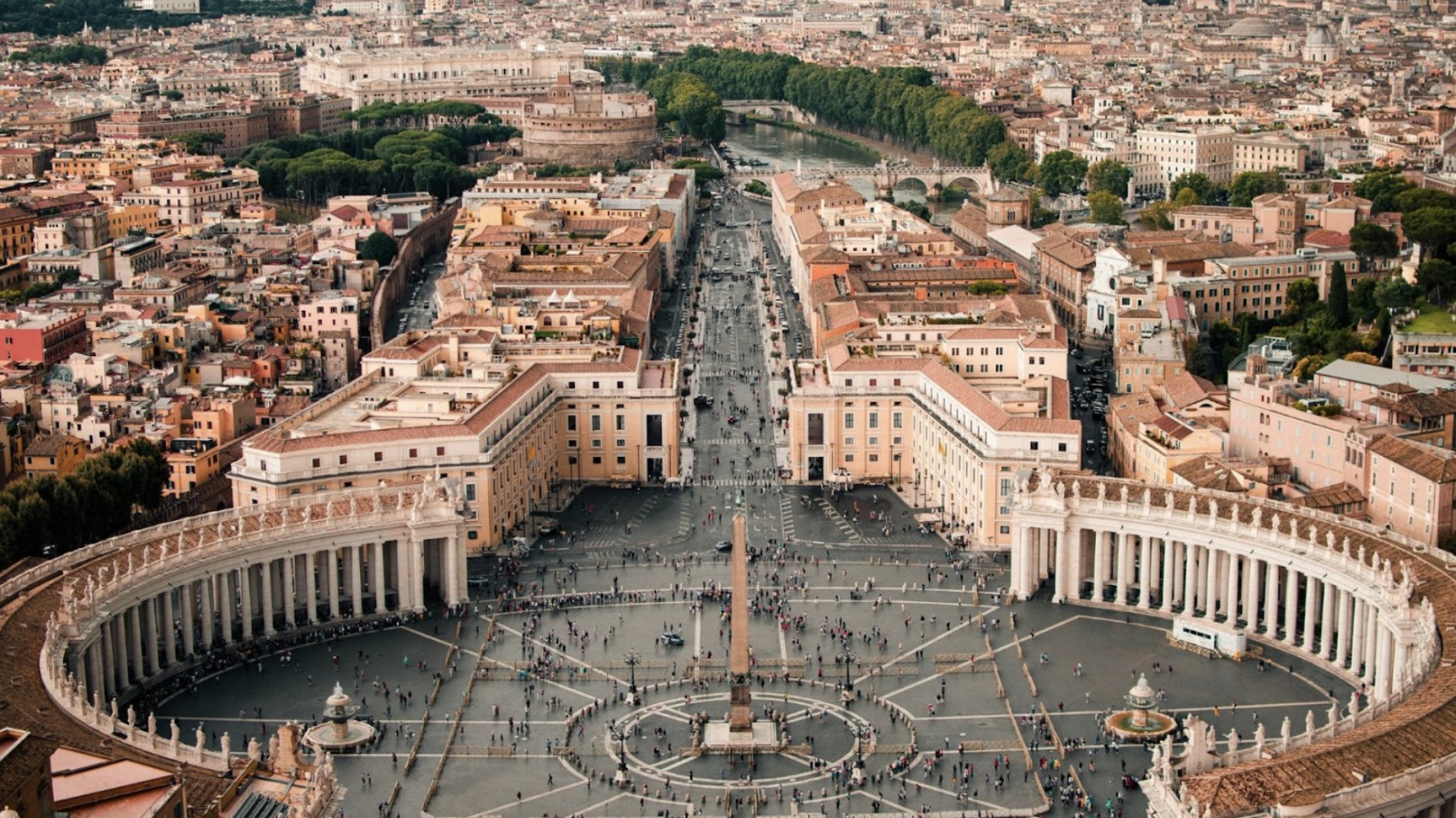
Source: Caleb Miller/Unsplash
“Episodes that attest to the serious morphological fragility deriving from the characteristics of the city are multiplying,” said Roberto Morassut, a politician with the center-left Democratic party.
